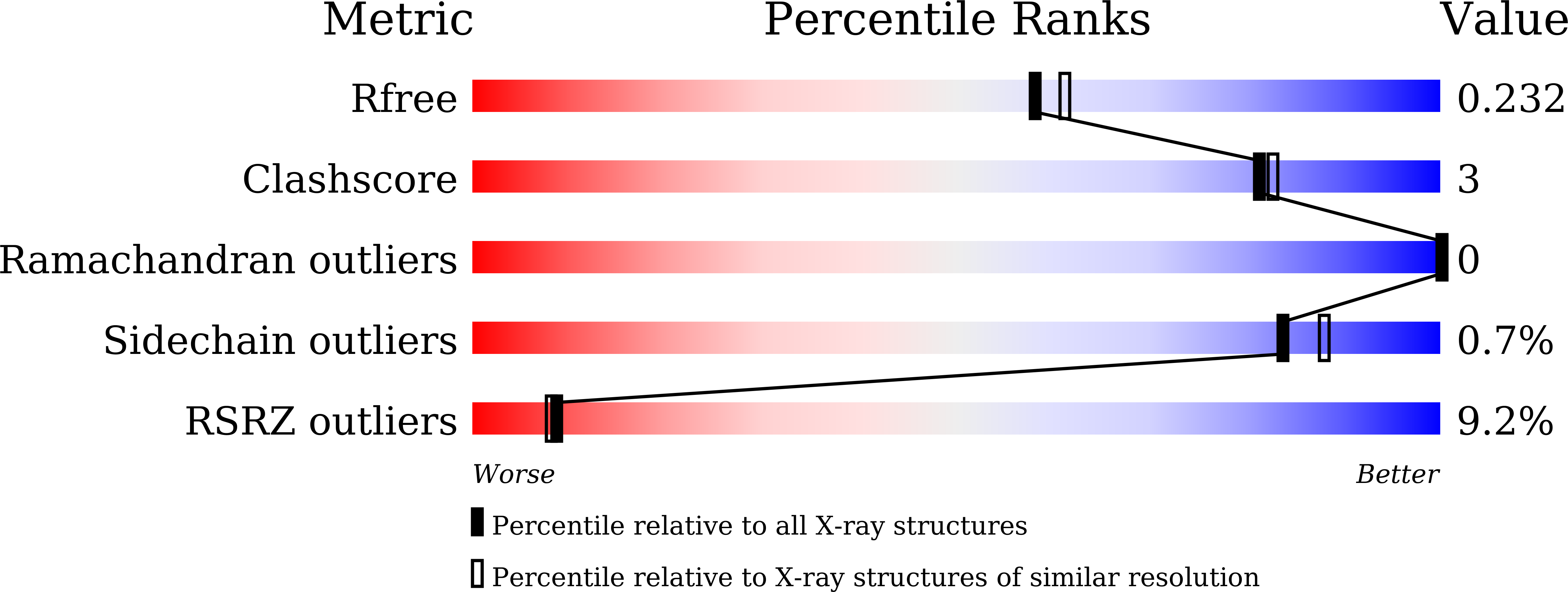
Deposition Date
2020-08-25
Release Date
2020-12-16
Last Version Date
2023-11-29
Entry Detail
PDB ID:
7CV0
Keywords:
Title:
Crystal structure of B. halodurans NiaR in apo form
Biological Source:
Source Organism:
Host Organism:
Method Details:
Experimental Method:
Resolution:
2.00 Å
R-Value Free:
0.22
R-Value Work:
0.20
R-Value Observed:
0.20
Space Group:
P 43 21 2


